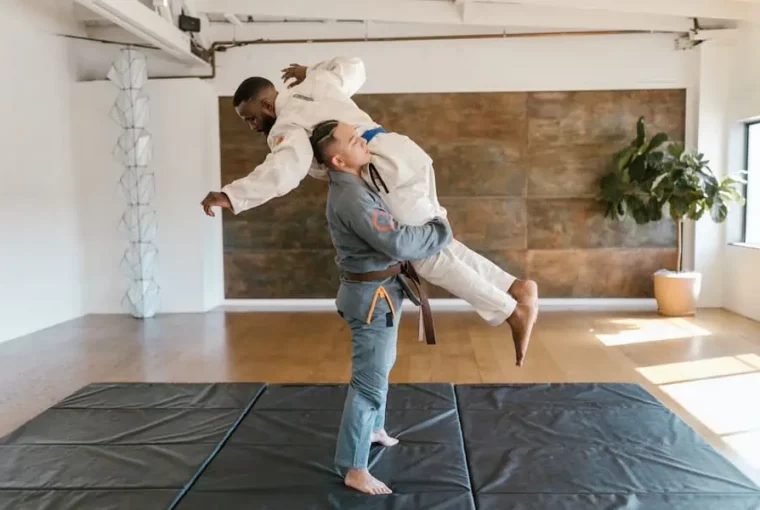Starting your very own martial art studio can be an immensely rewarding experience, offering the opportunity to teach, inspire, and empower others while building a sustainable income source.
However, to make it a success, careful planning, and strategic implementation are vital. In this comprehensive guide on how to start a martial art studio, we’ll take you through essential steps, ensuring your journey to becoming a prosperous studio owner is both enjoyable and effective.
12 Steps To Take To Open A Martial Arts Studio
There’s no doubt that starting up a martial arts studio from scratch will be difficult. However, these 12 steps will help you build and grow your studio into a successful business.
1. Develop Your Passion and Vision
Before starting your martial art studio, it’s crucial to be passionate about martial arts and develop a clear vision for your business. Think about the kind of atmosphere you want to create, the teaching style you’ll employ, and the types of classes you wish to offer in your studio.
2. Research Market Demand
Understand the current demand in your target area for martial arts training. Analyze factors such as local demographics, competition, and market saturation. To set your business apart from competitors, consider focusing on specific styles or age groups that may not be well-catered for.
3. Choose a Suitable Location
Find a location that is convenient, visible, and easily accessible for your target audience. Select a space with sufficient room for mats, equipment storage, restrooms/changing rooms, and parking facilities to create an ideal environment for clients. Make sure the studio works for your budget.
4. Procure Equipment and Supplies
List all necessary equipment and supplies and source them from reputed vendors, ensuring reliable, long-lasting quality while offering fair prices that fit your budget. You should also utilize studio management software that can help with mastering martial arts studio operations.
5. Create a Business Plan
Draft a comprehensive business plan outlining vital information such as market research findings, financial projections, and operational requirements. You may also want to include your marketing strategy, revenue streams, staffing needs, and insurance coverage/liability waivers.
6. Legal Requirements
Fulfill any legal requirements associated with starting up a martial art studio. This includes registering your business name and formation type, such as an LLC or corporation, and obtaining permits and licenses, and tax registrations at state and local levels to stay compliant.
7. Obtain Funding if Needed
Determine whether external funding is necessary through loans, grants, investors, or family assistance. By having enough capital, you’ll ease any cash flow challenges often faced by new businesses. Ideally, you’ll have a decent amount of savings before you build your startup.
8. Design Your Studio Space
Design an inviting martial art studio space focused on functionality, safety, comfort, and a pleasant atmosphere. Seek expert guidance from architects and designers to maximize space usage while adhering to legal safety guidelines. Upgrade the space as you earn more money.
9. Hire Talented Instructors
Identify skilled, motivating coaches and instructors who are aligned with your vision and experienced in teaching groups of various ages and skill levels. They should have strong communication skills for effective knowledge transfer and building lasting student relationships.
10. Establish a Marketing Strategy
Create a robust marketing plan encompassing offline and online activities targeting the chosen demographic. Since you’re a studio catering to a local audience, invest in local SEO. This will make it easier for potential martial arts students to find your studio when they use Google.
11. Develop a Curriculum and Class Schedule
Design a comprehensive curriculum catering to different skill levels, age groups, and styles offered at your studio. Ensure it’s user-friendly by creating easy-to-follow class schedules with reasonable prices that cater to the specific needs and timetables of your target audience.
12. Foster Community Engagement
Facilitate ongoing community engagement by participating in local events and networking with relevant sports, educational establishments, and partner organizations. This proactively nurtures positive relationships and helps you seek opportunities for cross-promotional collaborations.
In Conclusion…
Now that you’re armed with the essential steps and valuable insights to start your martial art studio, it’s time to take action. Each journey begins with a single step, so embrace your passion and let it guide you toward achieving your dreams of running a successful martial arts business.




